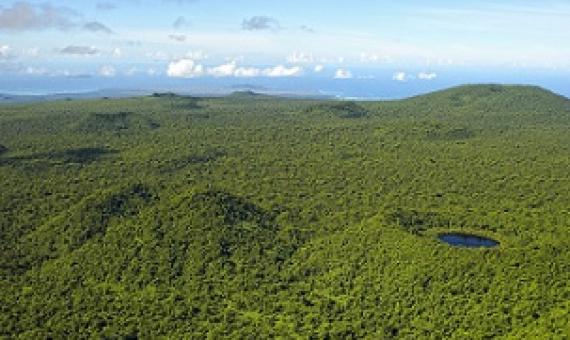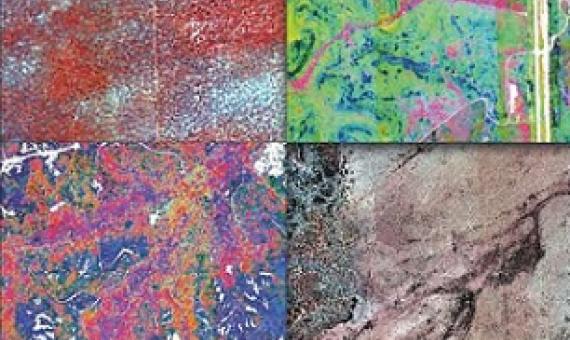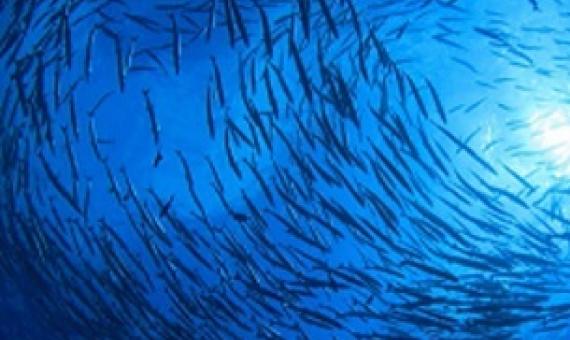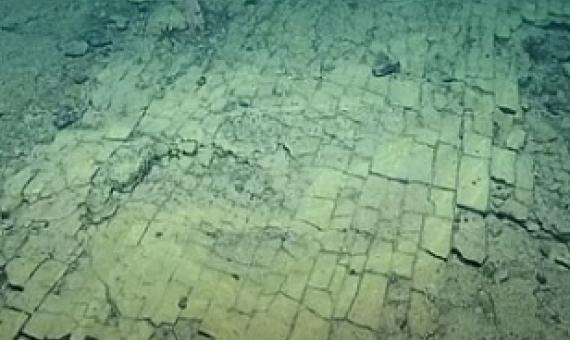New research published in July in the journal Science provides one of the first estimates of the likely reach of deep-sea mining noise generation, finding that a single mine site could produce noise extending hundreds of kilometers, dramatically increasing the environmental foo
Human impacts on mammals in and around a protected area before, during, and after COVID-19 Lockdowns
The dual mandate for many protected areas (PAs) to simultaneously promote recreation and conserve biodiversity may be hampered by negative effects of recreation on wildlife. However, reports of these effects are not consistent, presenting a knowledge gap that hinders evidence-based decision-making.
Global protected areas seem insufficient to safeguard half of the world's mammals from human-induced extinction
Protected areas (PAs) are a cornerstone of global conservation and central to international plans to minimize global extinctions. During the coming century, global ecosystem destruction and fragmentation associated with increased human population and economic activity could make the long-term survival of most terrestrial vertebrates even be more dependent on PAs. However, the capacity of the current global PA network to sustain species for the long term is unknown. Here, we explore this question for all non-volant terrestrial mammals for which we found sufficient data,∼4,000 species.
Gains in biodiversity conservation and ecosystem services from the expansion of the planet’s protected areas
Protected areas safeguard biodiversity, ensure ecosystem functioning, and deliver ecosystem services to communities. However, only ~16% of the world’s land area is under some form of protection, prompting international calls to protect at least 30% by 2030. We modeled the outcomes of achieving this 30 × 30 target for terrestrial biodiversity conservation, climate change mitigation, and nutrient regulation.
New research published in the June 3, 2022 journal Science reveals that 44% of Earth's land area—some 64 million square kilometers (24.7 million square miles) requires conservation to safeguard biodiversity. The team, led by Dr. James R.
Climate benefits from establishing marine protected areas targeted at blue carbon solutions
Marine protected areas (MPAs) are recognized as highly effective tools for marine conservation. They may also play an important role in mitigating climate change. A variety of climate change solutions are rooted in the ocean, centered primarily around “blue carbon” and the capacity of marine life to sequester carbon dioxide (CO2) with some potential to reduce emissions. However, the global potential of these solutions remains misunderstood and untapped.
Global biodiversity assessments require the collection of data on changes in plant biodiversity on an ongoing basis.
New research has pinpointed four high-traffic areas in the Pacific Ocean that should be considered of high priority if conservation efforts focused on large pelagic fishes such as tuna, blue marlin and swordfish are to be successful...researchers at UBC's Sea Around Us initiati
An expedition to a deep-sea ridge, just north of the Hawaiian Islands, has revealed an ancient dried-out lake bed paved with what looks like a yellow brick road.
A study recently published in the prestigious ICES (International Council for the Exploration of the Sea)Journal of Marine Science, January 2022, The movements of yellowfin tuna, blue marlin, and sailfish within the Palau National Marine Sanctuary and the western Pacific Ocean, looked at th












